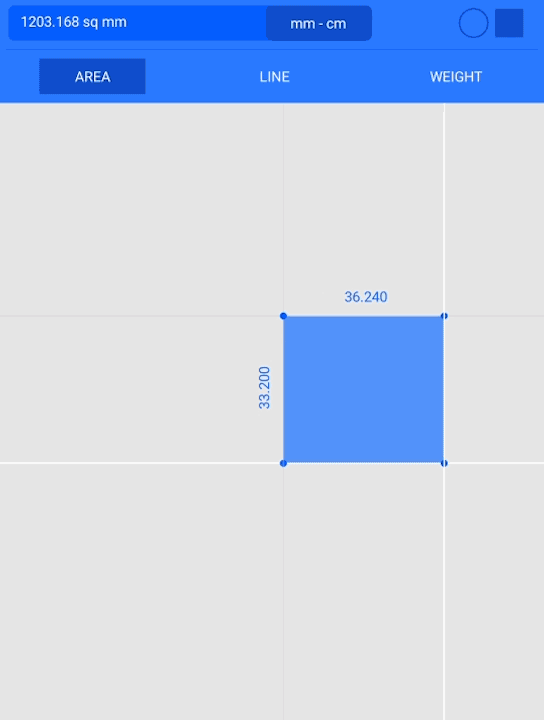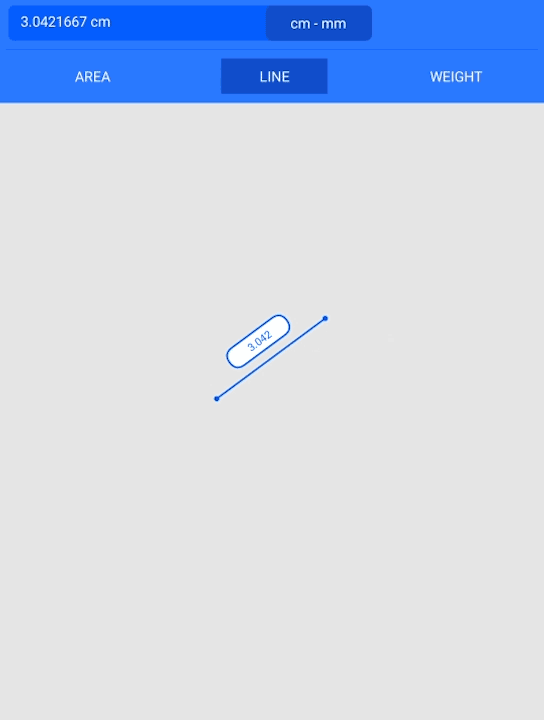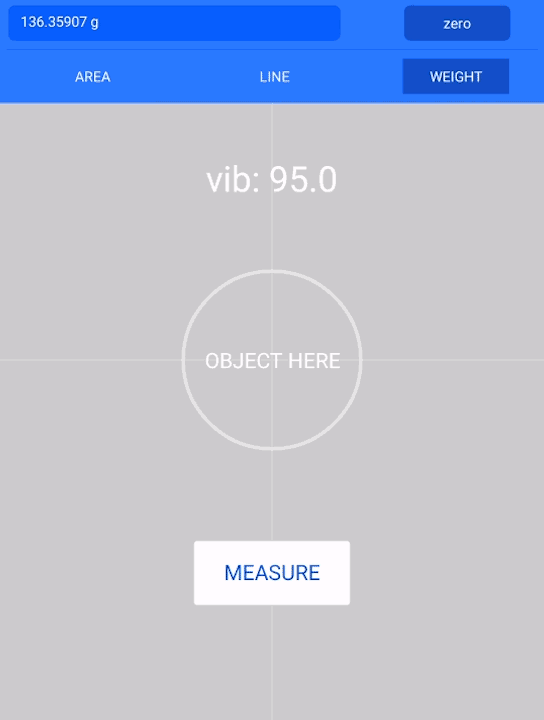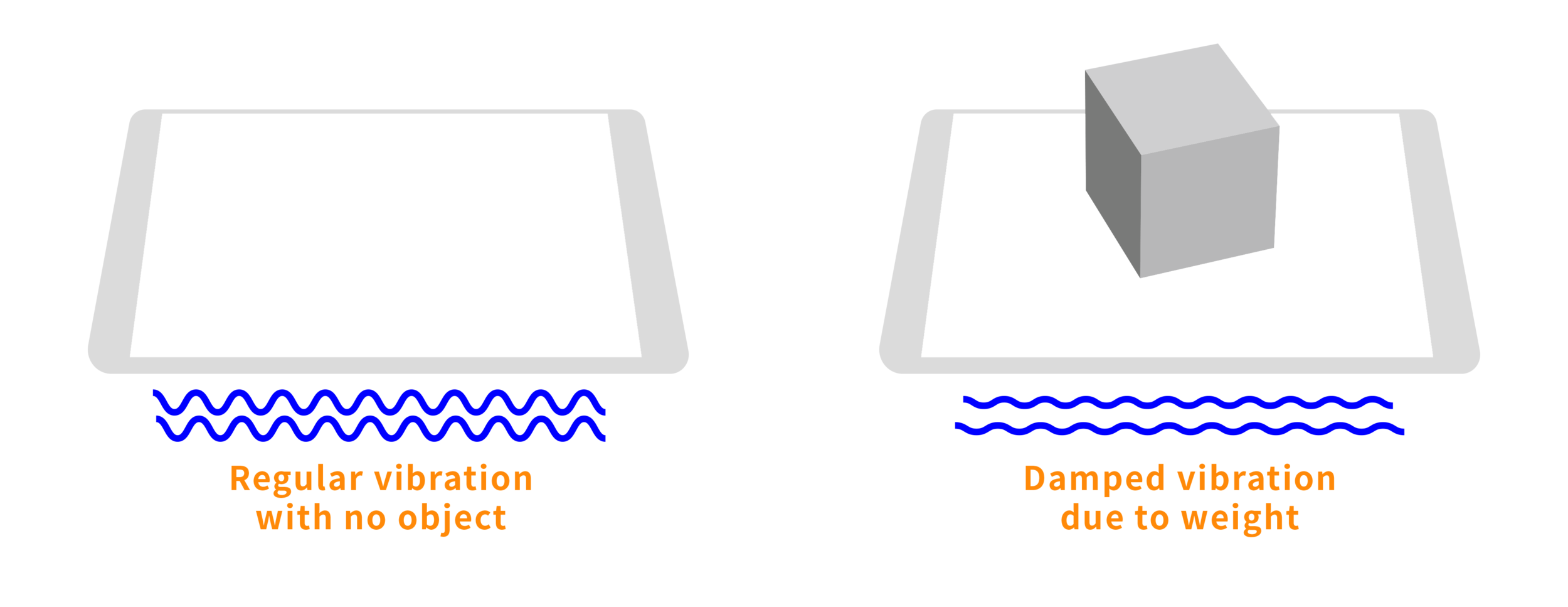UMA
2016 Mobile Development
UMA is an Android application for measuring ordinary objects with an Android device. The app is capable of measuring area, lengths and weight of objects placed on top of the screen.
Illustrator, Photoshop, Processing for Android
When do we measure ordinary objects?
Designing and developing an Android app
UMA is an comprehensive measuring app for tablet devices that can measure length, area, and weight of small objects. For this individual project, I designed and developed a fully-functional Android application using Processing, and launched it onto an Android tablet.
Demo Video
Definition of dimensions
User Interface Design
Weight approximation was the tricky part of this project, since most of our Android device screens are not force-sensitive.
I used a combination of accelerometer sensor and vibration motor in the Android device to mimic a weight sensor. By using the fact that vibration is damped when an object is placed on the device, I created an approximation function by mapping the average variance of all accelerometer values collected during the device is being vibrated.
By calculating the deviance in damped vibration, I approximated the weight of an object place above.
LIMITATIONS & Future works
Although UMA is a functional Android application that could be published at Play Store, I chose not to because of its technical limitations. First, this app was built specifically for a medium-sized Tablet (Samsung S2), and its size was device-specific. If this is to be published as an Android application, UMA would require smooth on-boarding procedure so that it would calibrate scale for all different screen sizes.
Second, the weight calculation was limited by shape of object and the surface of the table. The weight calculation was not very accurate because the vibration strength depended on the material of surface it lied. For example, metal table resonated and slightly amplified the vibration, while soft plastic table reduced on the vibration. Also, because an object had to be placed at the center of the tablet, asymmetric geometries caused noises in calculations.
UMA could be improved by supporting additional measuring capabilities such as free-form geometry area calculation, curve line measurement, and degree measurement.











